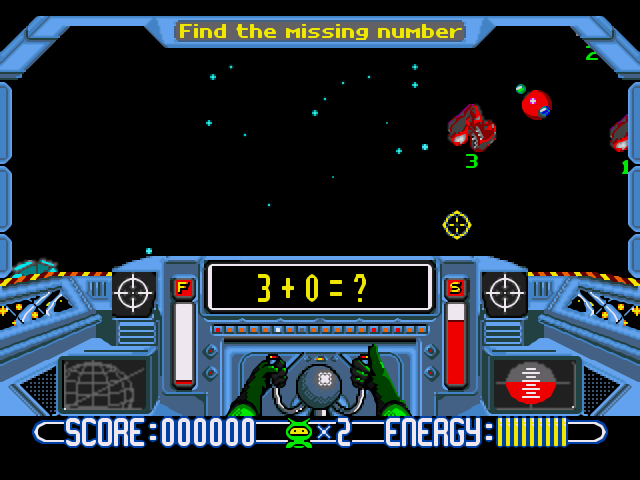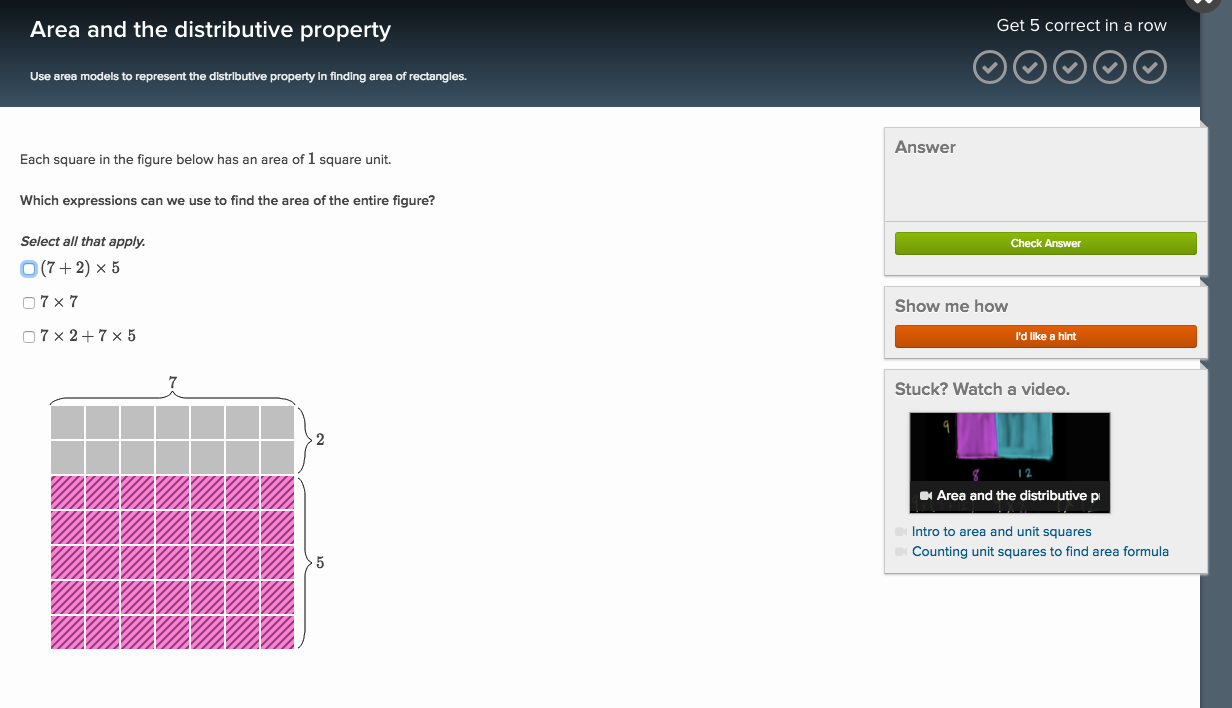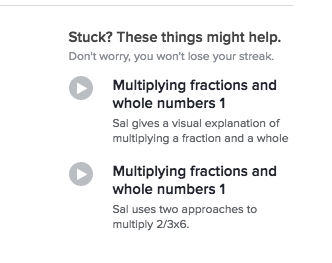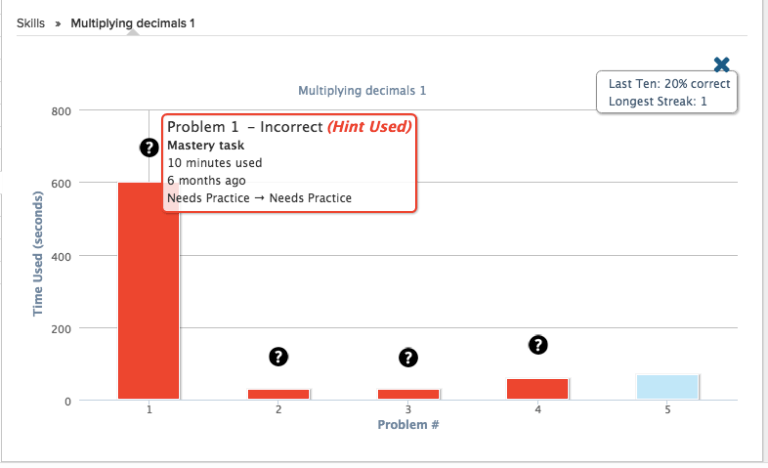
Addressing The Problem with Homework
Many educators are starting to recognize the problem with homework. And while homework is almost universal, there is little evidence that it actually works.

Gamifying my 5th grade math course has been one of the most exciting and rewarding experiences of my teaching career. After introducing gamification, I am finding a number of benefits for both myself and my students. Though the term “gamification” is new, games have been a part of learning since humans first began learning. When deciding between gamification vs game-based learning, it helps to define the differences. The important question, of course, is what does the difference mean for student achievement and engagement?
Put simply, game-based learning is simply any learning that happens within the context of a game. These are the games we grew up with – remember classroom Jeopardy? Gamification involves applying elements of game design to the structure of the classroom. For example, when students earn points instead of grades, that’s gamified. Also think of how video games allow students to explore virtual worlds – imagine if that’s how they learned 7th grade social studies. Games also allow us to progress at our own pace and we can always try again with no penalty. How would students’ experience of school change if such an ethos were applied to our education system?
Several years ago, I was asked to teach 5th grade math in addition to language arts. As I had taught humanities for the 10 years prior, so I welcomed the opportunity to receive some professional development in the summer before the transition. I attended the Fay School’s Summer Math & Science Workshop, and in a course taught by Lainie Schuster, I learned an approach to math education that was nothing like how I had learned. We focused on using games and activities to teach mathematical reasoning. We addressed algorithms (math processes and short-cuts) as well, but everything grew from the concepts.
Once I got into my classroom, I soon realized that the materials provided left me dangerously unprepared for the needs of my students: the 5th grade text began with decimal place value and operations, while a number of my students struggled with whole numbers. The following unit centered on complicated word problems with volume and rate and time. The text simply assumed students had a solid grounding in fractions and problem solving strategies. As I got to know my students better, I realized that many lacked the ability to perform basic operations (2+3 or 4-1) using manipulatives or diagrams, even though most could solve these using traditional algorithms.
My students performed poorly on quizzes, and when I assigned worksheets or homework from the text, some students did great work. Others turned in work that was incorrect or incomplete – some turned in nothing at all. I spent hours after each assignment correcting student work and struggling to understand the errors in their processes. Even when I could figure out the error, trying to remember which student made which error or to communicate improvements in writing was almost impossible. It took several months for me to develop an understanding of individual students’ conceptual understanding of math. Even then, I struggled to find time to connect with each student to address the issues or provide differentiated material that was appropriately challenging.
Get the support you need to bring personalized learning to your school:
Enroll in “Differentiate Your Math Class with Khan Academy”
Watch this free video tutorial on Khan Academy Basics
Contact us to ask a question or schedule a consultation
I realized that the way I was teaching math was not efficient enough to meet the wide range of student needs in my classroom. I was also spending too much time performing activities that could probably be done better by a machine. I had used Google Apps for Education to promote collaboration in history and Language Arts classes, and I’d seen 1.0 math games where students solve simple equations for points, but I didn’t feel like game-based learning was enough to accomplish what I envisioned. Games can add excitement to the classroom, but they tend to take a “spoonful of sugar” approach to teaching – the idea that the things you learn in school are boring, so we need to dress them up to make them fun.
My feeling is that most of the things we teach in school are actually pretty interesting. The reason students lose motivation is because they are expected to learn things out of context and on arbitrary schedules. Students would be motivated to read if there were something they really wanted to read. They would be interested in math if they ran a business and needed to do some accounting.
I wanted a solution that would allow students to move through math content as if the math itself were the game. Instead of having every student learn the same concepts at the same time,I was looking for something that could adjust to student needs and report back to me on their progress. I was somewhat new to EdTech, but I figured there must be something out there that could automate this type of learning experience; if not, it needed to be built.

I consulted my school’s director of technology, and he introduced me to some of the terms I was describing, such as “Teacher Dashboard,” and “Personalized Learning,” as well as a website called Khan Academy. I’d learned the hard way not to introduce technology to my classes until I felt comfortable using it as a student – when I’d rolled out programs based on marketing materials or online reviews (sadly, the line between the two can sometimes be blurry), I’ve encountered apps that were glitchy, hard to understand, or sometimes still under construction.
Once I had played with Khan Academy for a few hours on my own, I knew this was the well-designed and responsive platform I was looking for. In the years since, I’ve spent so much time using and talking about this platform that friends often suggest I should work for Khan Academy. Students regularly ask if I created the site.

Once I was confident that Khan Academy was the right tool to use with my students, the next step was getting them to use it. I started by creating classes and setting the grade level to grade 5. In class, I used Khan Academy’s search bar to find topics related to what we were currently learning, and I used the projector to show the activity, ‘Ordering Fractions,’ to the class. We tried some practice problems, and I typed in the answers the students volunteered. I also demonstrated how they could access videos and hints when they needed support.

I then assigned the students 15 minutes of homework on Khan Academy that night. I chose to assign minutes rather than number of problems or even number of completed activities, for several reasons. First, I wanted to measure student effort – if students completed the same activities, some would finish much faster than others. Struggling students would struggle to meet basic expectations, while advanced students would breeze through. I wanted to ensure that each student was being challenged appropriately.
If someone spent 15 minutes of genuine effort learning a new skill, but only got two questions right, I wanted to reward that as much as someone who spent 15 minutes getting everything right – since the platform is designed to give students work at their own level, the student who gets a lot of questions right will be rewarded by moving forward to more challenging content.
Right away, I realized that while I had solved some problems I was encountering in class, I had also created a whole new set of problems to be solved. While students had been challenged by the content of their textbooks, they (and their parents) were at least familiar with the format.
Once students began solving problems on their computers, they encountered new challenges. The largest issue I found was that when students wrote their answers on a piece of paper, they were also more likely to write out the steps they took to solve the problem. When working on a computer, students tried to do more in their head, or they used the ‘scratchpad’ function built into Khan Academy – a poor substitute for working out problems on paper.
In another post, I describe in more detail the specific instructions I gave students and parents to help make their use of the platform more effective. If I were to go back to the beginning, though, the biggest change I would make would be to have students spend several periods using the platform in class before asking students to complete anything at home – that way I could observe their work and give more feedback on their process before they were expected to use Khan independently.
Despite the challenges, there were enough initial benefits to using the personalized learning platform that I decided it was worth working out the kinks. Although I was still learning how to read the data Khan was generating, even at the outset I could tell which students were putting in the right amount of time at home and which were not (some were even spending too much time!).

I could also tell a great deal about their persistence and willingness to use resources. A student who gets one problem incorrect and moves to another activity requires a very different type of support from a student who tries the same problem 20 times and keeps getting it wrong, yet doesn’t use a hint or a video. I was always hoping to see the student who got a few right, a few wrong, took a hint or two, and then completed five in a row correct.
At this point, there are so many systems in place, that the gamified environment part of my class could almost function on its own. Most of my planning involves eliciting student feedback, involving parents in the process, making minor tweaks, and helping guide students in crafting their own creative content. As I’ve shared my process with other educators, through presentations and writings, I have come to see that providing a still photo of what my class looks like now doesn’t capture the experience in a way that’s easily reproducible. When I first started using Khan Academy, I could never have predicted how it would come to be used in my class. I decided a journal of my experience could demonstrate that a gamified classroom doesn’t come out of a box: it starts with a problem to be solved, it’s designed around the specific needs of each individual class, and it happens in baby steps with a lot of trial and error.
Next time, I’ll go over four more steps:
Are you dying to add a gamified learning thread to your class but unsure where to begin? Are you deep into the process and have something to share? Do you think the whole gamification thing is a fad that’s past its peak? Get in touch and share your thoughts!

Many educators are starting to recognize the problem with homework. And while homework is almost universal, there is little evidence that it actually works.

Does the Danielson Rubric improve teaching? Maybe it’s an unfair question. After all, it’s a rubric, not a training program. But…

Teaching word problems takes more than key words. The Polya Process helps your students think strategically and make sense of story problems.